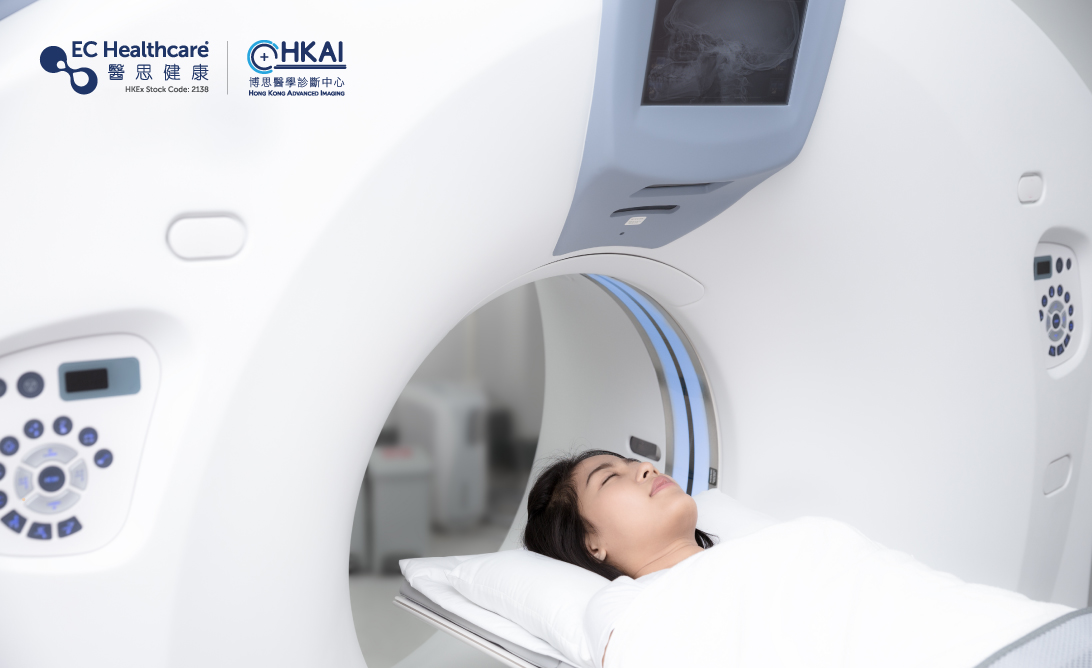Beware of Torn Cruciate Ligaments: A Hazard of Intense Sports


Many individuals have the habit of engaging in sports to unwind and rejuvenate, whether it's playing badminton, basketball, soccer, or hiking. However, if during physical activity, you suddenly hear a "snap" in your knee accompanied by pain and a sensation of weakness, it could be a nightmare for athletes—a torn cruciate ligament!

What is the Cruciate Ligament?
The cruciate ligaments are two thick and robust ligaments located deep within the knee joint, forming a cross-like structure. They are responsible for maintaining stability in the knee joint and enabling smooth forward, backward, and rotational movements while preventing excessive displacement of the lower leg.
The anterior cruciate ligament (ACL) is more prone to rupture. It connects the femur to the front of the tibia and is frequently utilized during sudden stops, jumps, and rotational movements to restrict and control forward displacement, rotation, and bending of the tibia. On the other hand, the posterior cruciate ligament (PCL) is located at the back of the knee joint, connecting the posterior aspect of the tibia, and has a lower likelihood of rupture compared to the ACL.
The Impact of a Cruciate Ligament Tear
An ACL tear is a common sports injury that can occur when individuals land with improper posture after a jump, abruptly stop or change direction, or collide with others. These movements can cause excessive rotation or forward extension of the knee joint and lower leg, resulting in the overstretching or tearing of the ACL. When injured, a distinct "snap" may be heard from within the knee joint. Symptoms include weakness, swelling, and pain in the knee, possibly accompanied by internal bleeding, which can greatly affect daily activities and even impede walking.
In the case of a PCL tear, patients may experience excessive stretching or twisting due to incidents like traffic accidents or sudden impacts. Symptoms may include subtle swelling and a noticeable sense of instability and pain, particularly when going up or down stairs or engaging in prolonged walking.
Regardless of the type of cruciate ligament tear, it leads to knee joint instability, making it susceptible to wobbling, looseness, displacement, or further twisting injuries. This increases the risk of muscle atrophy in the surrounding area, meniscus damage, and the potential development of post-traumatic arthritis in the future.
Diagnosis and Treatment of Cruciate Ligament Tears
If you suspect a cruciate ligament tear or experience discomfort in the knee, seeking immediate medical attention is crucial. A doctor will consider a comprehensive diagnosis of the damaged cruciate ligament, meniscus, and other knee tissues through magnetic resonance imaging (MRI) and X-ray examinations.
Treatment options for cruciate ligament tears vary depending on the severity of the injury. Conservative approaches such as medication and physical therapy are often employed. However, if the ACL is completely torn or accompanied by meniscus damage, surgical reconstruction of the cruciate ligament is necessary. This involves replacing the damaged ligament with a tendon from another part of the leg or using a graft from the patient's own tissue. Subsequent physical therapy and care measures are essential to aid in the restoration of basic knee functionality.
<Make Appointment>
Disclaimer: This article is prepared by an independent third party and is not sponsored. The content provided is solely for informational purposes and should not be considered a substitute for professional medical advice, diagnosis, or treatment. It does not represent any specific viewpoint. In the event of any discomfort or health issues, it is advised to seek medical attention promptly.









